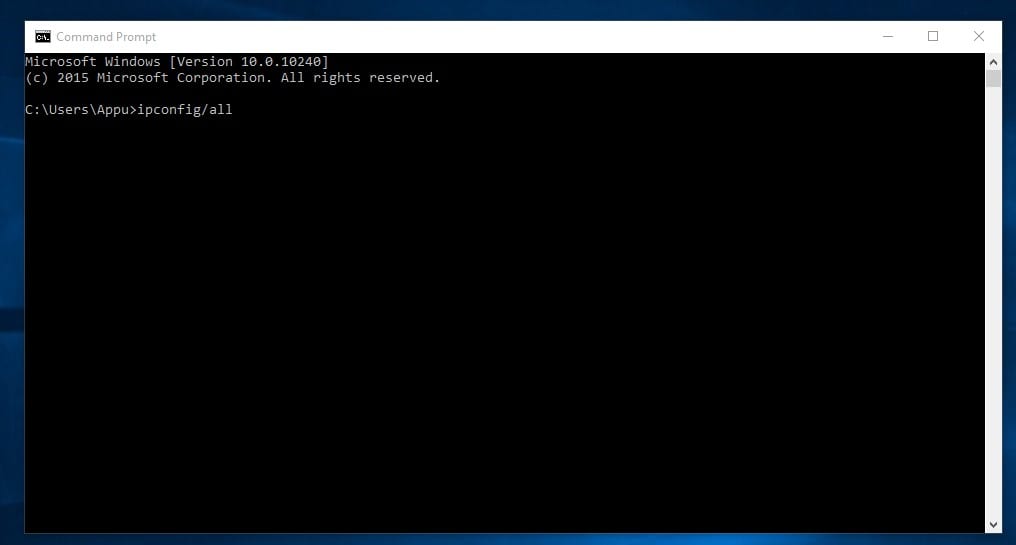
.png)
Quote characters (“\\\cit\systems files”) need to be added if the path has a space in it).Įxample: For non-CornellAD user “PhilSchmertz” (local machine account, or account from an Active Directory domain other than CornellAD) to mount the same CIT departmental CIFS share (“systems”) as drive letter “H:” The “/persistent” flag enables the mapping to remain thru computer reboots. "User" and "password" parameters are not required as user “pqs665” is authenticated from his logged in session on CornellAD. Net use H: \\\cit\systems /persistent:yes The Username and Password parameters are only required if the computer is not CornellAD joined.Įxample: For CornellAD user “pqs665” to mount his CIT departmental CIFS share (“systems”) as drive letter H: on a CornellAD joined computer: The full syntax for net use is available from Microsoft. You never know when it might come in handy.“Net use” is a command line method of mapping network drives to your local computer. However, learning to use a command-line interface is kind of like learning to drive a car with a manual transmission. This means you don't have to learn any special commands in order to use the computer. Fortunately, most operating systems now use a graphical user interface GUI as their main way of requesting input from the user. Therefore, knowledge of some basic commands is required to use a command-line interface. Since a command prompt requires specific input, it is basically useless if you don't know the syntax of the command you want to enter. While the "cd" command is the same in both DOS and Unix, many other commands have different syntax. There are dozens of other commands that a user can type, which can be used to list, move, delete, and copy files, run programs, or perform other operations. The tilde (~) indicates the current directory is the user's home folder.Ī user can type commands at the command prompt, such as cd /, which means "change directory to the root folder." The "cd" command allows the user to browse through different directories of files on a hard disk or network. In Unix, the prompt may be ~ user$, where "user" is the name of the current user. For example, the default prompt in DOS may be C:\, which indicates the user is working at the root level of the main C: drive. The command prompt is often preceded by the current directory of the system the user is working with. It other words, it prompts the user for a command (hence the name).

It is a symbol or series of characters at the beginning of a line that indicates the system is ready to receive input.

A command prompt is used in a text-based or "command-line" interface, such as a Unix terminal or a DOS shell.


 0 kommentar(er)
0 kommentar(er)
